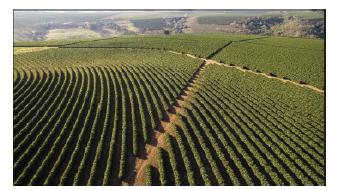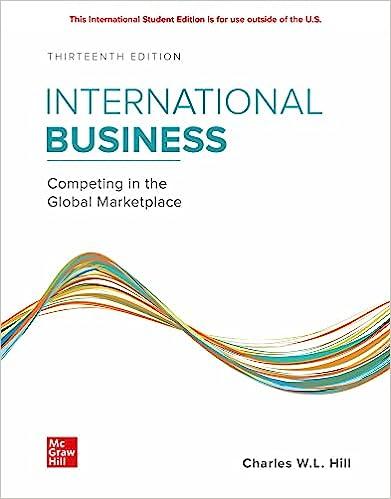Between 2000 and 2012, Brazil had one of the fastest-growing economies in the world, expanding by over
Question:
Brazil’s economic problems were partly due to weaker demand for exports and a fall in global commodity prices. In 2010, exports grew 11.6 percent, but that growth stalled in 2012, and in 2014 exports contracted by 1 percent.
However, the country has other deep structural problems that led to a fall in domestic demand. Under the leadership of President Dilma Rousseff and her left-of-center Workers’ Party, between 2011 and 2014 the government spent extravagantly on higher pensions and unproductive tax breaks for favored industries. When the economic slowdown hit, unemployment surged to over 12 percent and tax revenues slumped. As a result of higher outlays and lower tax revenues, the fiscal deficit swelled from 2 percent of GDP in 2010 to 10 percent in 2015. This pushed up total government debt to 70 percent of GDP and required higher interest rates to sell government bonds, which were seen as increasingly risky. The government also raised interest rates to keep inflation in check, which historically has been a problem in Brazil. Because of high interest rates, the cost of servicing government debt expanded to 7 percent of GDP—
and, of course, higher interest rates, by raising borrowing costs for consumers and businesses, further depressed economic activity.

Given high interest rates, the only way for the government to get the fiscal deficit under control is to cut spending and raise taxes. This has not been easy to do. A central problem in Brazil is the country’s pension obligations. The pension system entitles Brazilians to retire, on average, at just 54. Pension obligations already account for 13 percent of GDP. Without reform, that figure could balloon to 25 percent by mid-century as the population ages.
In addition, tariff barriers protecting inefficient local enterprises from foreign competition, labor laws, and burdensome tax laws have long been seen as a drag on the Brazilian economy. A typical manufacturing firm spends 2,600 hours a year complying with the country’s complex tax code; the Latin American average is 356 hours. Labor laws make it expensive to fire even incompetent workers. And protection from international competition has resulted in manufacturing productivity that is low by international standards. To compound matters, the country has been beset by a massive corruption scandal that has reached into the highest levels of government. This resulted in the impeachment of Rousseff in 2016 and further damaged confidence in the economy (see the Country Focus “Corruption in Brazil” in Chapter 2).
In 2016, Michel Temer replaced Rousseff as President. He made a promising start to reforming the economy. He froze public spending in real terms for the next 20 years. He also overhauled the country’s labor laws, making it much easier to fire unproductive workers. Inflation moderated significantly, and a rise in commodity prices helped increase exports. This allowed the central bank to reduce interest rates to 6.75 percent (they were as high as 12 percent), further boosting economic growth. There was also a rash of privatizations—including that of the leading electric utility, Eletrobras—as the government sought to raise capital by selling state assets and tried to increase the efficiency of the economy. What remains is to fix the country’s pension problems. This would require raising the retirement age significantly. Temer ran up against strong resistance. His initial proposals failed to garner enough votes in the Brazilian congress to change the law on pensions.
Question
1. Brazil was seen as one of the world’s fastest growing developing economies in the 2000–2010 period. What were the foundations of this success?
2. Why did Brazil’s economic growth falter after 2012? How much of the damage was self-inflicted, and how much was due to factors outside of the country’s control?
3. What do you think of Temer’s economic reforms? Were they on the right track?
4. What policies do you think Brazil should adopt going forward to reignite economic growth? How easy would it be to implement these policies in Brazil?
Step by Step Answer:

ISE International Business Competing In The Global Marketplace
ISBN: 9781260575866
13th International Edition
Authors: Charles Hill





